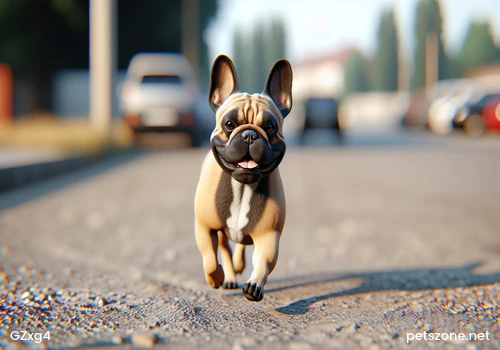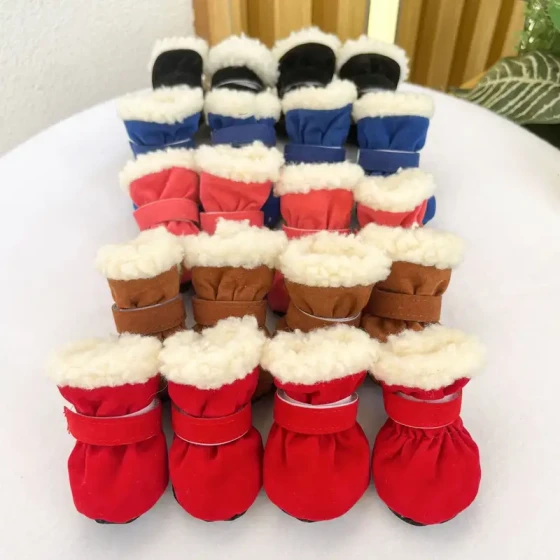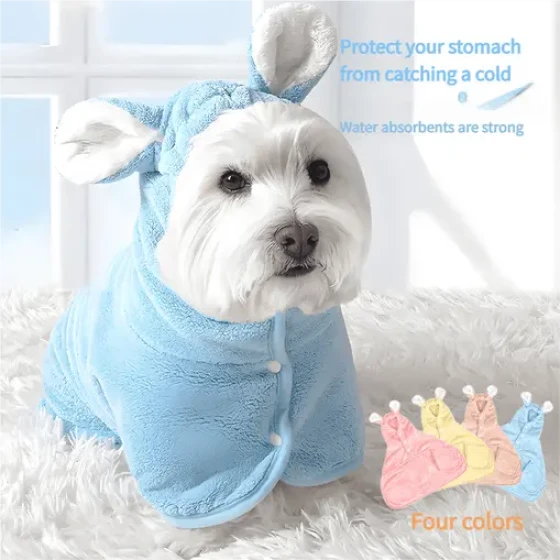Information Introduction About Greyhound

Greyhound
Doesn't the name Greyhound sound quite poetic? Greyhounds are not often seen among common pet dogs, so many people have little knowledge of them. Today, the editor will take you to learn about its true nature.
English name: Greyhound
Weight: (Male) 65~70 lbs
(Female) 60~65 lbs
Size: (Male) 71~76cm
(Female) 68~71cm
Place of origin: Middle East region
Breed Introduction
Since ancient times, hares have been the Greyhound's chasing competitors. Nowadays, artificial mechanical rabbits are used for training to simulate the chasing activity. This dog is a champion on race tracks, averaging speeds of 60 km/h. Formerly used for rabbit hunting, Greyhounds are now the main participants in dog racing competitions in some countries. Dogs used for hare hunting are very obedient to their owners, very likable, and have an elegant temperament. They possess a sense of speed and an intelligent appearance that is very charming. Greyhounds are one of the oldest dog breeds. They are purebred, and their form has remained unchanged throughout history. They were the first breed trained to use visual tracking to hunt prey and are the fastest running dog in the world, reaching speeds of up to 64 km/h. Although the prototype of this breed is not very delicate, it is also suitable as a family pet.
Originating around 500 BC during the Pharaoh era in the Mediterranean areas such as Greece and Turkey, it later spread to Southern Europe in the Middle Ages. The remains of this dog were discovered in the ruins of Pompeii, and similar dog mummies were found in ancient Egyptian coffins. Greyhounds and the smaller Italian Greyhounds were highly favored by Europeans, especially the nobility, during the Middle Ages and were kept as ornamental dogs. In fact, the head image commonly used on coats of arms is usually a Greyhound; the French royal family and King Henry VIII of England both had Greyhound images on their helmets.
Standards
Greyhound Head
Long and narrow, fairly wide between the ears, the stop is almost unnoticeable, the nasal cavity is very small or absent, the muzzle has sufficient length, strong but not coarse. Teeth are very solid and even in the front.
Greyhound Ears
Small and delicate textured ears, folded backward with wrinkles when calm, semi-erect when excited.
Greyhound Eyes
Dark-colored, with a joyful and intelligent expression, showing enthusiasm.
Greyhound Neck
Long, muscular, no loose skin, slightly arched, gradually widening and merging into the shoulders.
Greyhound Shoulders
As inclined as possible, muscular without stiff shoulders.
Greyhound Front Legs
Straight and perfect, well integrated with the shoulders, neither turning inward nor outward, strong bones.
Greyhound Chest
Deep and wide enough to match its speed, well-expanded ribs.
Greyhound Back
Muscular and broad.
Greyhound Waist
Muscular, sufficiently deep, with a beautiful arch, clear tuck-up line.
Greyhound Hindquarters
Long, very muscular, strong and wide, low and moderately angled stifles. Hocks with proper angle, close to the ground, wide but straight from head to tail.
Greyhound Paws
Sturdy and compact, closer to hare feet than cat feet, healthy joints, strong claws.
Greyhound Tail
Long, fine, tapering at the tip, slightly curved upward.
Greyhound Coat
Short, smooth, with a firm texture.
Greyhound Color
Irrelevant.
Greyhound Weight
Male 65~70 lbs; Female 60~65 lbs.




-560x560.webp)
